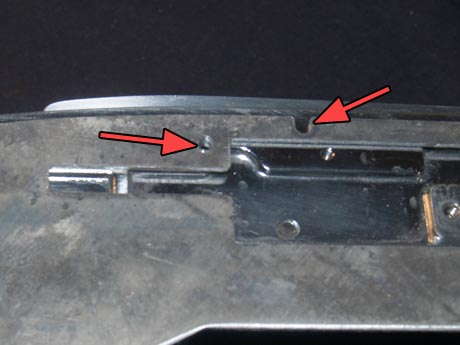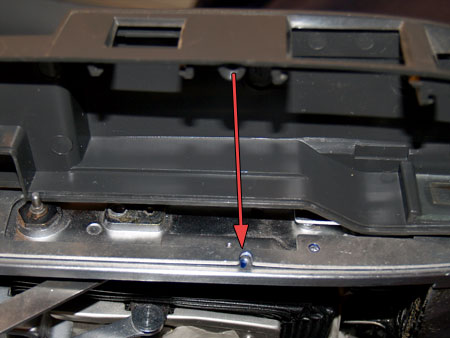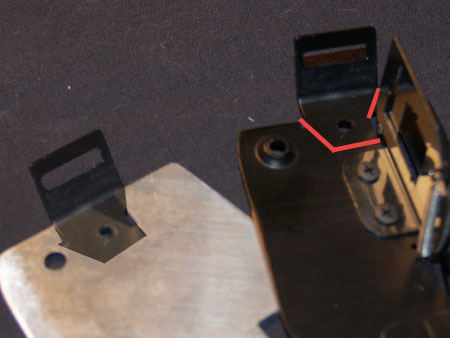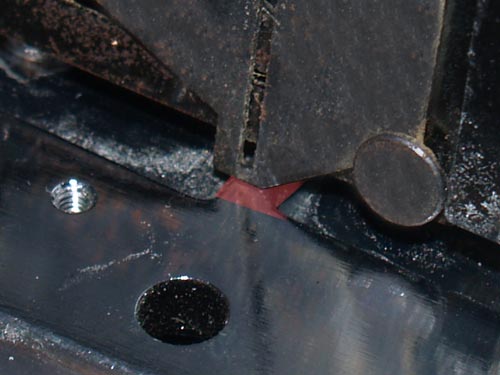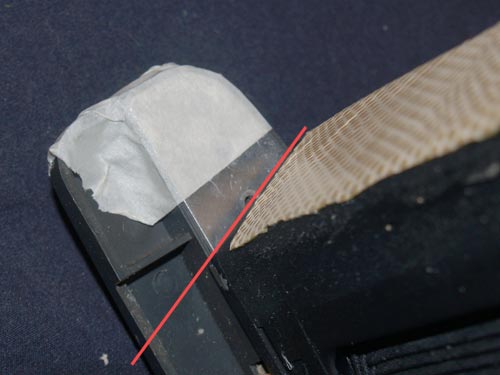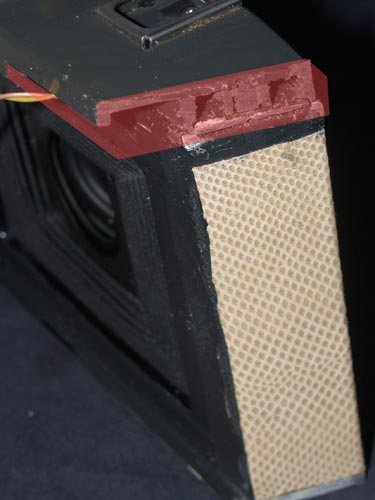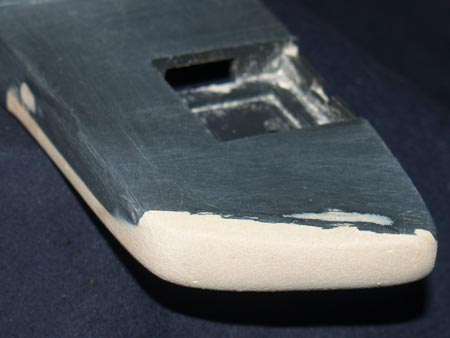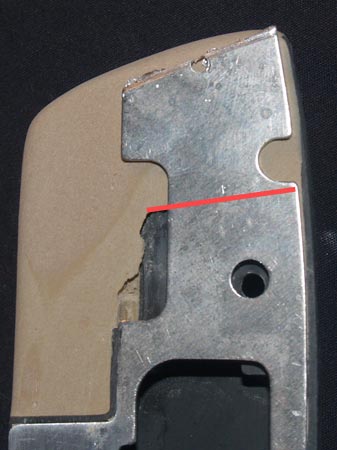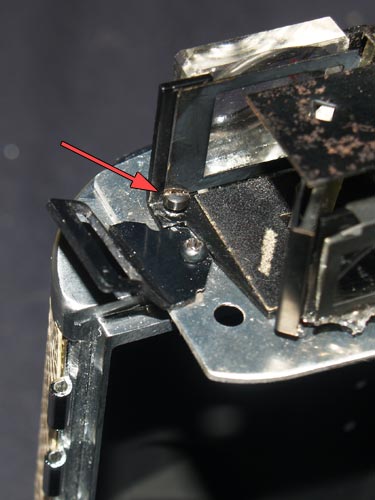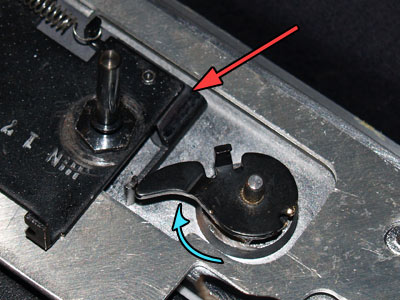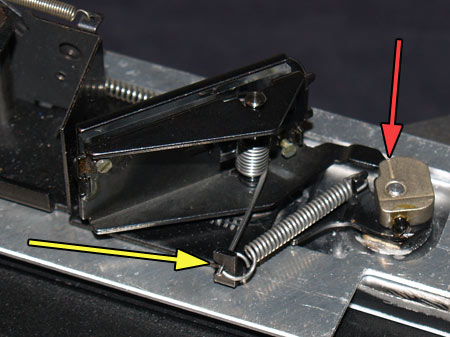The Steps
parts & labor
what's needed to get the job done
basics of function
overview of how to use the lens and shutter
the back, the strap, the finder
remove useless vintage roll-film parts; finder
lensboard swap
remove both lensboard assemblies
ready the body
remove leather; cut the side
ready the back
fitting the packfilm back; odds n ends
acquiring a 900 finder
removal & appropriation
fitting the finder
cut, fill, drill & fit
reset infinity
setting focus stop & tweaking finder
finishing touches
back door, odds n ends
completed
admire the work
Fitting the Finder
The best part about using a 160 body is that there is no need to enlarge the mirror post hole. However, you still need to drill a couple of holes and grind to get the finder assembly to fit.
To see what it takes if you use a 110A body instead of a 160, check here.
First, take the finder plate and line it up. You'll quickly notice that only the screw hole on the left lines up. Drill a new hole for some extra holding power, and then drill a larger hole in that notch of the plate.
The larger hole will hold the plastic housing. Without this hole, the housing will be kind of flimsy. Make sure the hole is large enough to fit the screw through.
If you haven't noticed already, the 900 finder plate does not have a place for the leather strap. You need to remove a small part from the 110A's plate and add it to the 900 plate.
Put the finder assembly onto the camera body. Notice that the moving parallax frame gets stuck here. Grind this down flat.
Before you can assemble the finder completely, the plastic housing and plate need to be trimmed for the newly mitered edge.
Tape the plate to the plastic and correctly line it up with the edge. Mark this. Cut along the mark through both metal and plastic.
But now, you have this nasty ugly edge.
Time to get to work.
There are many ways to smooth this edge. I found Bondo to be a good solution. It lets you fill small areas and then sand smooth and rounded.
Its up to you if you want a sharp angled edge or a rounded one. I like round.
There is also the small notch in the back of the housing where the cutter bar fit, fill this too.
When you are happy with how your edge looks, you should trim back the finder plate a bit to make sure it will fit flush with the plastic housing.
With everything ready for assembly, attach the plate to the camera.
Notice the plate has a small triangular notch, line up the finder assembly with this. Drill a hole for a long screw, red arrow, when aligned to hold it in place.
It will take some work but grind/file the strap loop so that it will fit along the edge of the assembly. Use a longer screw than originally to hold it to the camera.
Replace the mirror post. Now the assembly is held fast and should not move at all. Try to move the spring arm that controls the parallax frame, if it doesn't move freely, place a washer between the camera body and the assembly to gain some freedom height.
Replace the cam arm, rotate (blue arrow) it until the mark you made for infinity is set, press it onto the post to stick. If it seems to move a bit, use some Super Glue to hold it. Do this with the camera closed so you can be sure to not be turning the post, just the arm.
Replace the cam and mirror along with both springs, yellow. Set the cam where the line on it aligns with the similar one on the arm below it, screw it tight. Align the mirror's arm with the line on the cam. Tighten the cam screw, if it still moves at all, some Super Glue again will hold it tight.
Even though its really just moving the finder from one camera to another, the double-image focusing mechanism needs adjustment..
